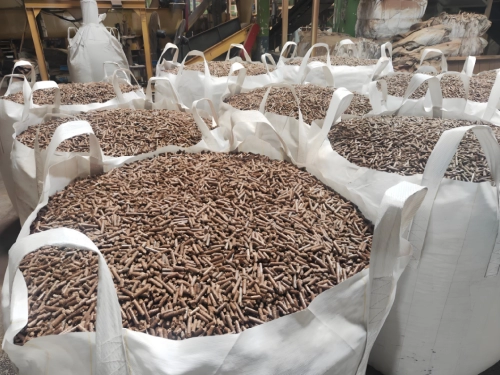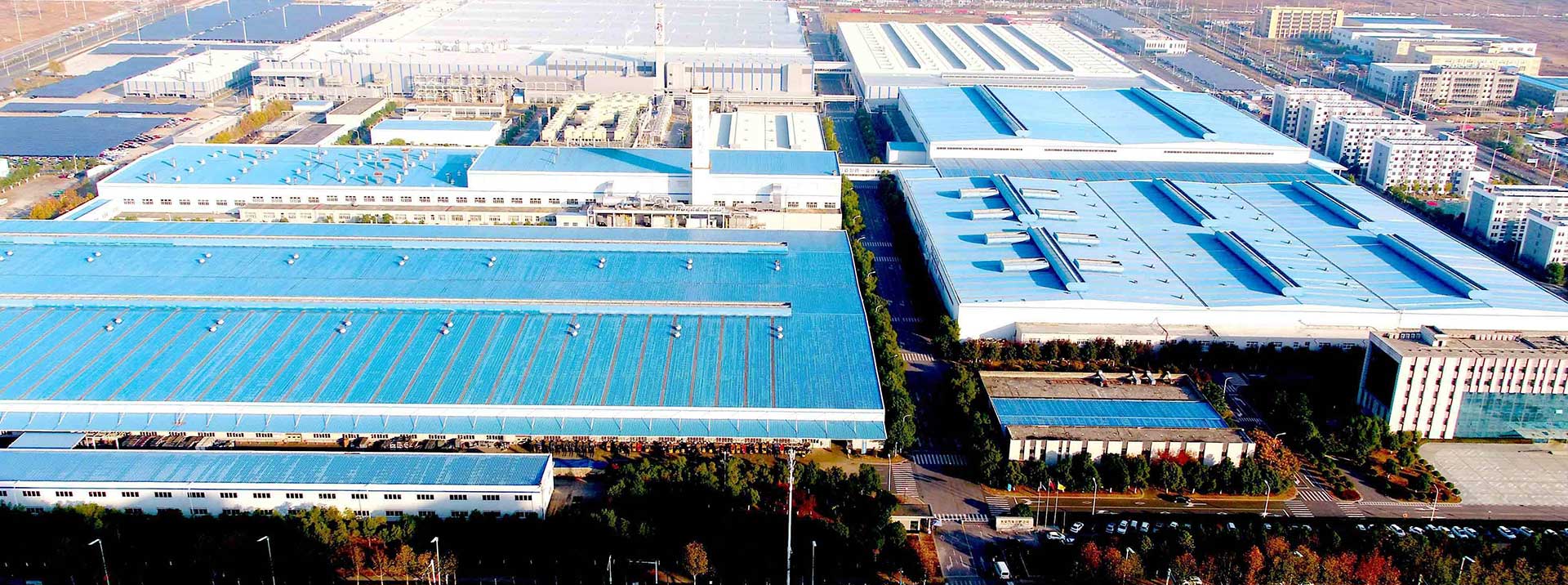Biomass Pellet Heat Value: 3 Production Factors You Can't Ignore
If you use biomass pellets for heating or power generation, you know that not all pellets are created equal. The key difference lies in their calorific value - the measure of how much energy each pellet can release. While many factors affect this number, the production process holds some often-overlooked secrets that can make or break your pellet quality.
Understanding these factors isn't just technical knowledge - it's practical intelligence that helps you choose better pellets or improve your own production. Let's explore the three production elements that directly determine whether you get high-energy pellets or just average ones.
Your Pellet Machine's Compression Ratio: The Density Advantage
The mold in your pellet machine does more than just shape the raw materials - it determines how much energy gets packed into each pellet. The compression ratio of your mold dictates how tightly the biomass gets compressed during production.
Here's what happens with a higher compression ratio: the raw materials get packed more densely, pushing out air pockets and creating solid, compact pellets. This density matters because more biomass in the same volume means more fuel to burn. The result? Pellets with higher calorific value that burn longer and hotter. It's one of the simplest ways to boost your pellets' energy output right at the production stage.
Material Cleanliness: Why Purity Equals Performance
The cleanliness of your raw materials isn't just about appearance - it's about energy content. Pure wood materials have high natural calorific value, while contaminants like dust, soil, or foreign materials simply don't burn well. They take up space that should be filled with energy-dense biomass.
When your production line uses clean, well-screened materials, you're ensuring that every gram of input has maximum energy potential. For operations dealing with impure raw materials, adding a screening machine before processing can dramatically improve final pellet quality by removing these energy-robbing contaminants.
Moisture Control: The Invisible Energy Regulator
Water might be essential for life, but it's the enemy of high calorific value in biomass pellets. The reason is simple: wet pellets must waste precious energy evaporating water before they can release heat. This energy loss directly reduces their effective heating value.
Well-produced pellets maintain optimal moisture levels (typically 8-12%) through proper drying and handling. This careful moisture management ensures that when pellets burn, nearly all their energy goes toward creating heat rather than steaming away moisture. The difference this makes in actual heating performance is noticeable and measurable.
Making It Work for You
Whether you're buying or producing biomass pellets, these three factors - compression ratio, material purity, and moisture control - provide a practical framework for evaluating and improving pellet quality. By paying attention to these production details, you can ensure you're getting pellets that deliver maximum energy value and efficiency.
Copyright: Copyright belongs to Hengju Machinery! Reprint please indicate the source: https://www.hengjumachinery.com/industry-news/biomass-pellet-heat-value-3-production-factors-you-cant-ignore.html










